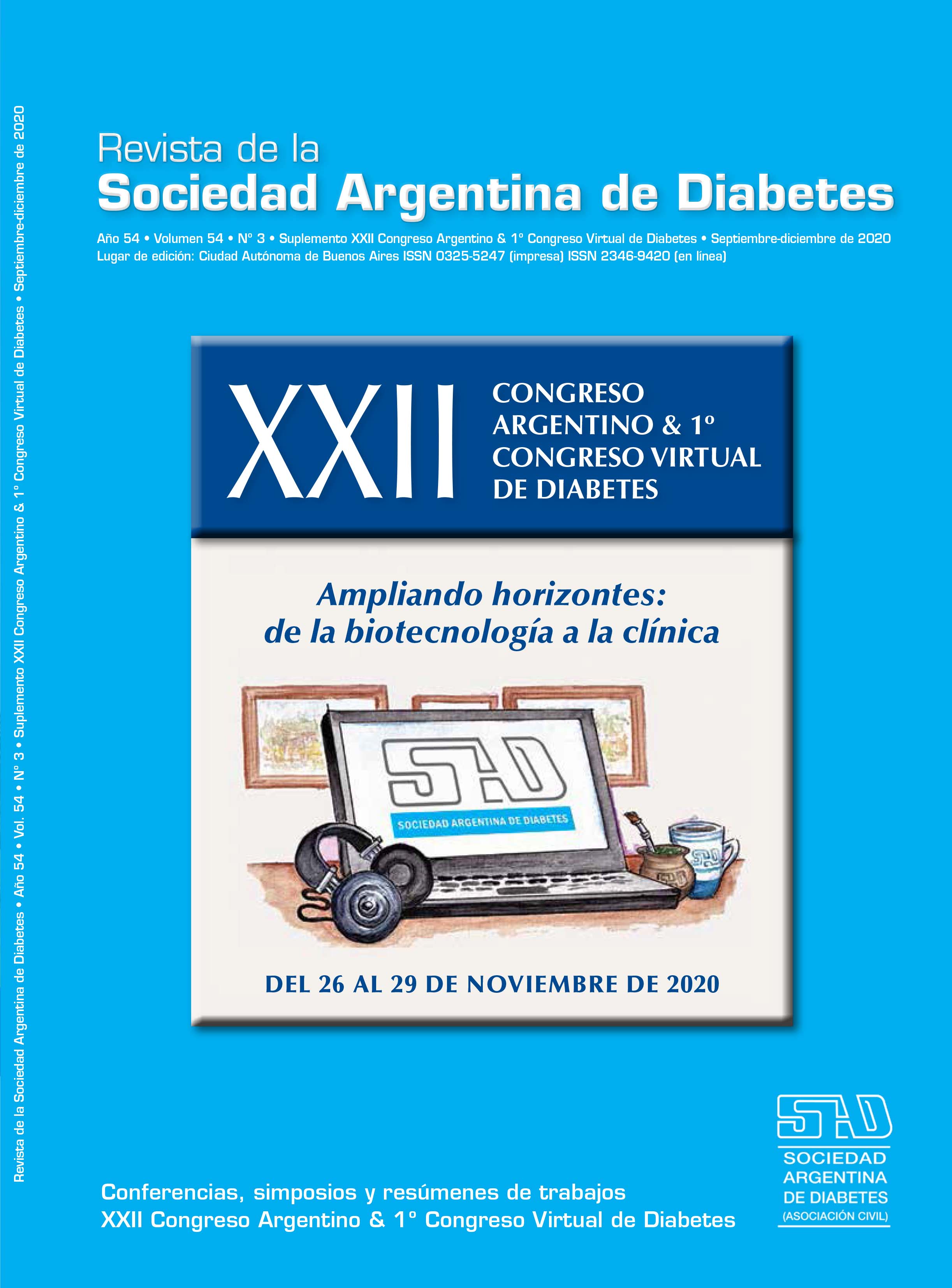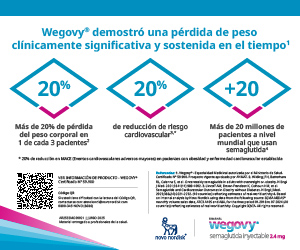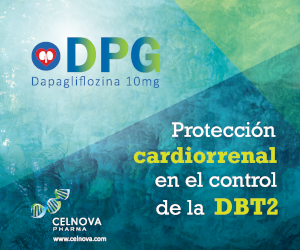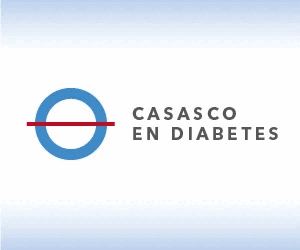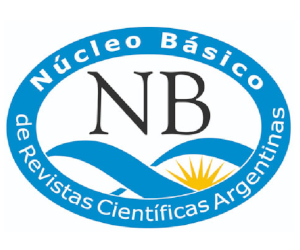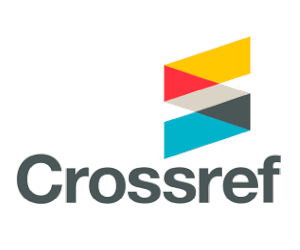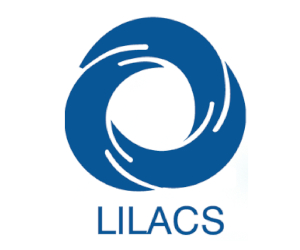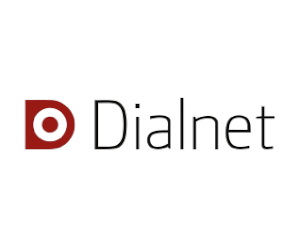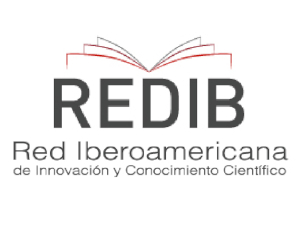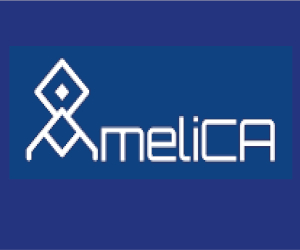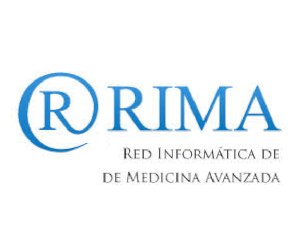Symposium 4: Continuous glucose monitoring
DOI:
https://doi.org/10.47196/diab.v54i3Sup.293Keywords:
diabetes, self-monitoring of glycemiaAbstract
Symposium 4: Biology and technology in the treatment of diabetes
Continuous glucose monitoring
The results of the T1D Exchange's study of 2019, comparing the outcomes of data collected on 2010-2012 and 2016-2018, proof that only 21% of the participants reach the 7% A1c target and that the adolescent group worsened their metabolic control. Moreover, hypoglycemia is still a restricting factor that prevents reaching optimal glycemic control.
According to the recommendations of ADA 2020, ISPAD 2018 and other scientific associations, glycemic self-monitoring and a structured education is crucial for patients with diabetes. Self-monitoring should be performed either with a glucose meter, 6 to 10 times per day, or by using different available systems of continuous glucose monitoring (CGM) related or not to insulin pumps.
References
- Foster NC, et al. State of Type 1 Diabetes Management and Outcomes from the T1D Exchange in 2016–2018 Diabetes Technol Ther 2019 febr; 21 (2): 66–72.
- Standards of Medical Care of Diabetes. January 01 2020; volume 43 issue Supplement Diabetes Care. 2020.
- ISPAD Clinical Practice Consensus Guidelines 2018. Pediatric Diabetes October 2018; 19 (Suppl. 27).
- Battelino T, et al. Clinical Targets for Continuous Glucose Monitoring Data Interpretation: Recommendations From the International Consensus on Time in Range Diabetes Care 2019 42: 1593-603.
Downloads
Published
Issue
Section
License

This work is licensed under a Creative Commons Attribution-NonCommercial-NoDerivatives 4.0 International License.
Dirección Nacional de Derecho de Autor, Exp. N° 5.333.129. Instituto Nacional de la Propiedad Industrial, Marca «Revista de la Sociedad Argentina de Diabetes - Asociación Civil» N° de concesión 2.605.405 y N° de disposición 1.404/13.
La Revista de la SAD está licenciada bajo Licencia Creative Commons Atribución – No Comercial – Sin Obra Derivada 4.0 Internacional.
Por otra parte, la Revista SAD permite que los autores mantengan los derechos de autor sin restricciones.



